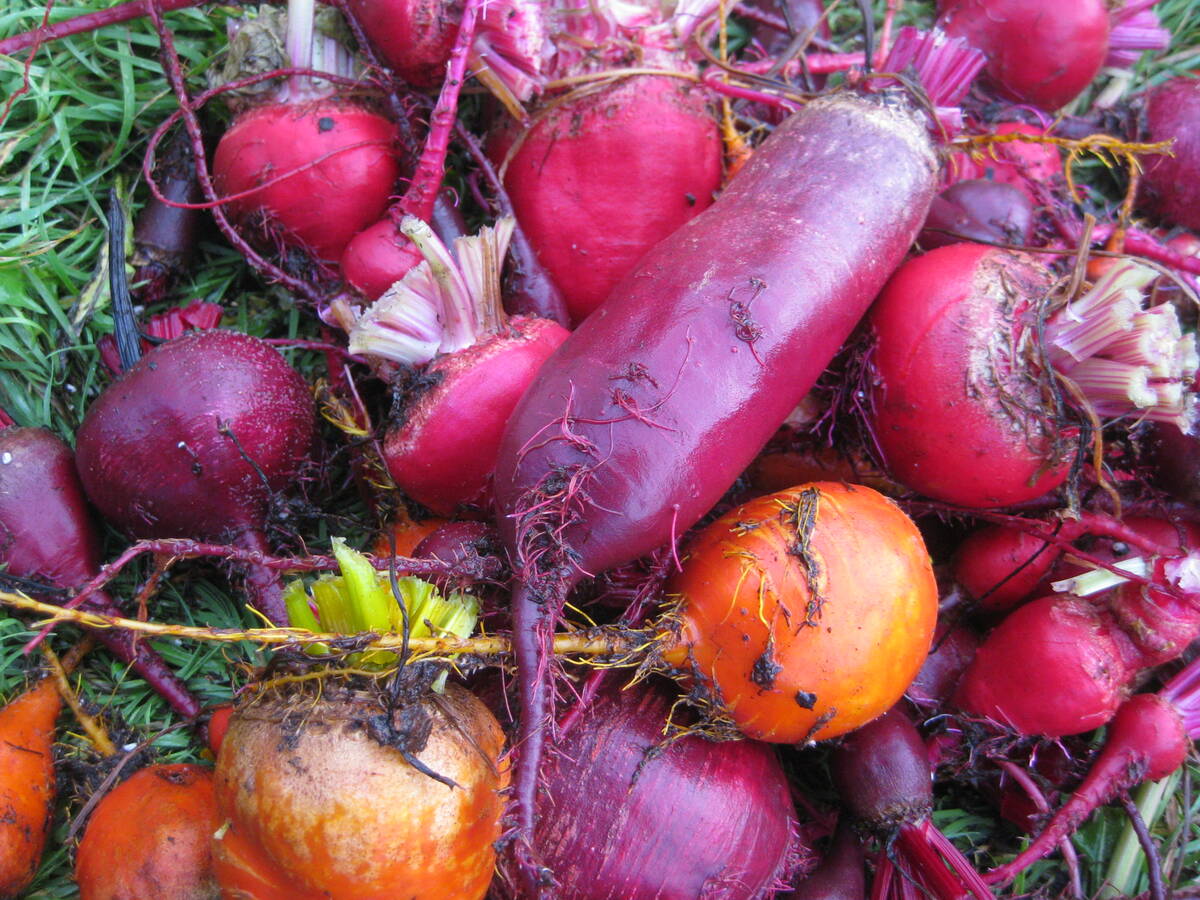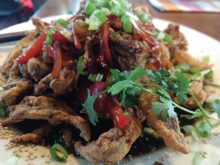Most Prairie gardens have a patch of rhubarb and it is one of the first plants to emerge in the spring
Few ingredients say “Canada” — or spring — as insistently as rhubarb. Rhubarb thrives in cool climates and is among the first plants to emerge in spring. My mom has a rhubarb patch, like most Prairie gardeners. She can’t keep up with it once it hits its stride, so I am the lucky beneficiary. The broad but inedible leaves are big enough to shelter entire families of bunnies, and its pink stalks gleam. Astringent and biting, rhubarb is the ultimate spring tonic, arriving just as we tire of roots and long for shoots.
Technically a vegetable, rhubarb forms a virtual bridge from winter to spring, and then into early summer. But think of it as a bridge between sweet and savoury too: simmered rhubarb makes good chutney, flavoured with ginger, dried fruit, apple or pear, citrus and onion, a bit of hot chili. This makes it a good accompaniment to curries, spring rolls, or meats such as pork, beef, duck and salmon. Alternatively, use simmered rhubarb as a starting point for a lime-and-ginger-enhanced vinaigrette.
In the sweet kitchen, many cooks find rhubarb’s tart nature easier to bear in the company of less demanding fruits. Try mixing cooked rhubarb with raw strawberries, or with apples or pears, or apricots and peaches later in the season. But in spite of its acid bite, the taste of rhubarb is surprisingly mild, so don’t overwhelm it. Spearmint and lemon thyme are good herbal accents, if sparingly used.
Read Also

Putting down roots, part 1: Beets
Densely textured, richly coloured and earthy even in their seed form, beets are reminiscent of dirt for Saskatchewan writer dee Hobsbawn-Smith.
When facing a particularly prolific rhubarb plant, make buckwheat crepes, galettes, chutney, tarts and jams, crisps and cobblers, buckles, muffins and sweet loaves. And pie. Rhubarb was known for generations as “pie plant,” and makes stellar pie, especially when paired with strawberries and/or apples and cranberries. Stewed with sugar and perhaps another fruit, served with heavy cream, it’s called a fool. Try rhubarb slushies, made with stewed and frozen rhubarb mushed up in ginger ale. Add ice cream for a refreshing float. Or simmer and strain sweetened rhubarb seasoned with cinnamon, allspice, cloves, peppercorns, and ginger. Give the syrup to your favourite bartender, or use the resulting syrup to make an old-style non-alcoholic shrub, a surpassingly spring-like refreshment.
Regardless of what you plan, choose firm ruby stalks for the best colour. The colour will fade during cooking, but returns if you partially simmer the stalks, whole or sliced, and leave the rhubarb to finish softening in its own liquid. Peeling or not peeling depends on the thickness and fibre of the stalks. Adding the minimum of honey, maple syrup or sugar to tame its astringency helps rhubarb keep its shape, as does cutting it into longer lengths or leaving it whole during cooking, without stirring.
Whatever direction you go with this Prairie favourite, remember there’s no place like home. Rhubarb holds pride of place in Prairie kitchens. So first we eat, then keep that fork. There’s pie. Or cobbler. Or crisp. Or buckle.















